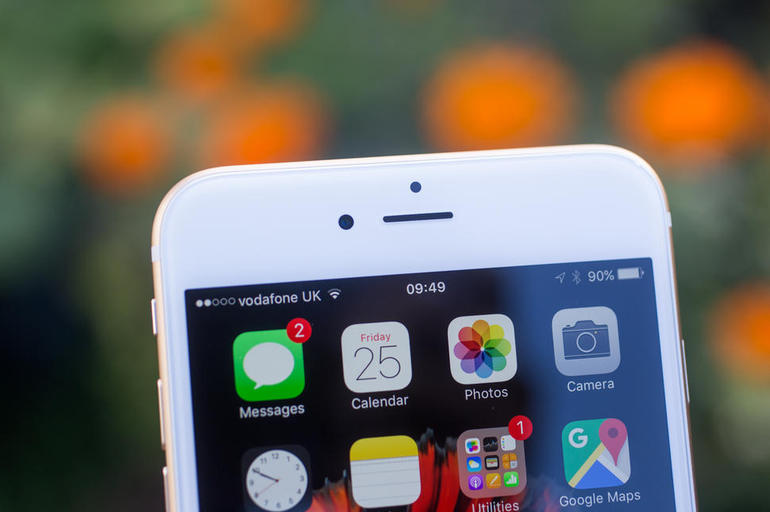
Surprisingly, it’s not US workforce costs that would have the biggest impact on Apple’s overheads.
Image: Apple
If presumptive Republican nominee Donald Trump prevails at the presidential election, he’s committed to making the US great again by forcing Apple to bring iPhone production back from China to the US.
So if he were actually one day able to follow through, how much would an iPhone cost and would it benefit the nation?
MIT Technology Review has run the numbers on three scenarios for the all-American iPhone, finding that Apple could profitably make the iPhone on its home turf without raising prices by that much.
Jason Dedrick, a professor at the School of Information Studies at Syracuse University, estimates the cost of assembly would rise from about $10 per device to between $30 and $40 if Apple were to move that process to the US from facilities in China and Brazil.
Surprisingly, it’s not the workforce cost that would have the biggest impact on Apple’s overheads, but rather additional expenses due to shipping components from 766 suppliers spread across 28 countries to the US, rather than shipping just the finished product, according to Dedrick.
The professor estimates the final price of an iPhone 6s would rise by about five percent, from $749 today to between $779 and $789.
But as far as US jobs creation goes, MIT notes that final assembly accounts for a small portion of the 1.6 million workers employed by Apple’s suppliers.
If Apple were also to bring component manufacturing to the US, it would add another $30 to $40 to Apple’s costs, according to Dedrick, and the final price of the phone would rise at most by $100.
MIT’s analysis highlights that there aren’t many obstacles to bringing semiconductor fabs to the US, but whether doing so creates jobs is another matter.
Duane Boning, an electrical engineer at MIT, noted that there is little cost difference between producing the wafers from which chips are cut. Workforce costs, he noted, make up a tiny fraction of these facilities’ overheads.
But, taken to its extreme, it seems the only nation in the world that could even come close to making an iPhone from the ground up, using only local resources, is China.
A truly all-American iPhone would need to be made from American materials and that is impossible. For one, there are no bauxite mines in the US, so the main source for aluminium would have to be recycled.
Additionally, China produces 85 percent of the world’s rare-earth materials, which are vital for key components such as magnets and transistors.


